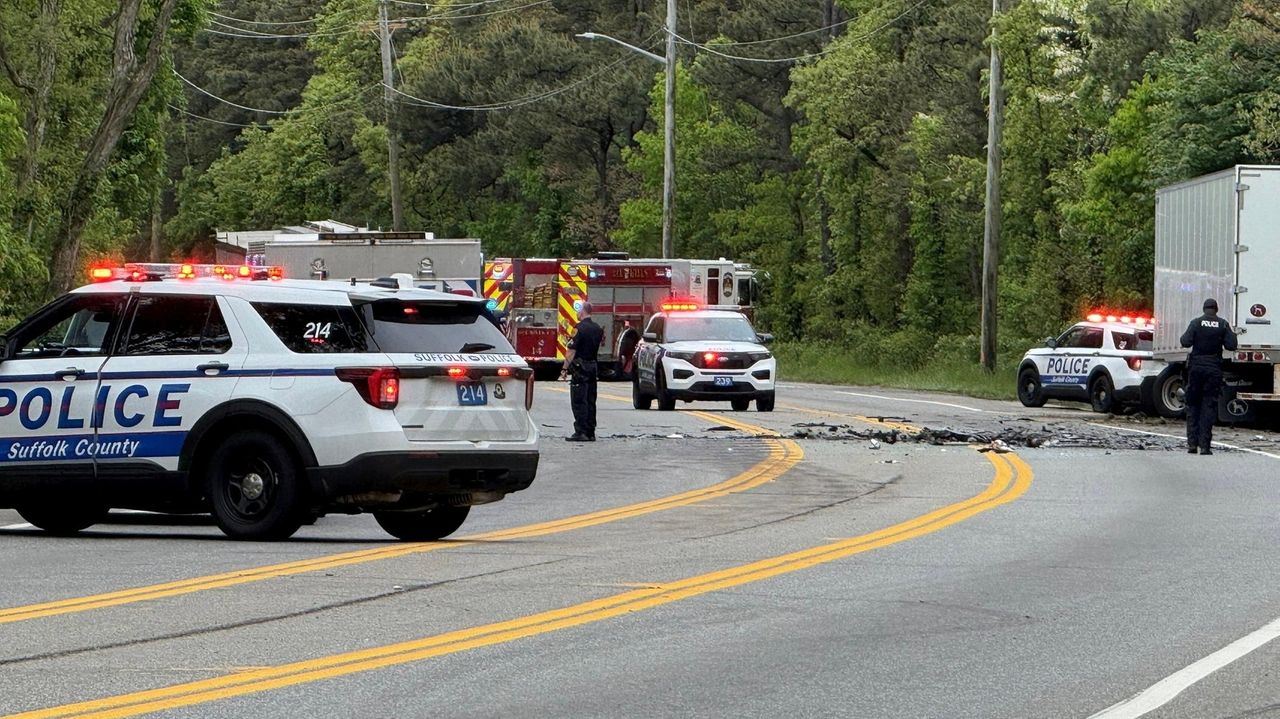Mexico Has a New Hot Air Balloon Tragedy as it Makes to Breaking News with Impending Future Travel Admonition - Travel And Tour World
Saturday, May 24, 2025

It was reported that a recent hot air balloon accident near Mexico City had injured at least twelve people, sparking serious concerns over the safety of balloon tours in the region. The incident took place on a Friday in the vicinity of the archaeological site San Martin de las Pirámides, close to the famous Pyramid of the Moon, one of the key attractions in the ancient city of Teotihuacan. Local authorities indicated that the balloon had made a “forced landing” after encountering an air pocket, which led to the crash.
This accident was confirmed by the civil protection agency for the state of Mexico, which also noted that the twelve individuals on board were receiving treatment for their injuries at a nearby clinic. The crash site was geolocated near Tuxpan Avenue, just over a thousand feet from the base of the Pyramid of the Moon, with the balloon reportedly entangled in fencing and power lines along the roadway.
The balloon was operated by a tour company specializing in hot air balloon rides over the Teotihuacan pyramids, an experience that has become a popular tourist activity. However, following the crash, representatives from the company declined to comment when contacted by media outlets, indicating the sensitivity of the situation.
Authorities responded swiftly, with the Attorney General’s Office for the state of Mexico launching an investigation. A 29-year-old man was detained by police in connection with the incident, signaling that there might be questions around operational procedures or safety compliance that needed to be addressed.
This accident is likely to have significant repercussions for the travel industry surrounding Teotihuacan, as it raises questions about the regulatory oversight of balloon tour operators and the overall safety standards applied. Tourists who seek adventurous experiences, such as aerial views of the pyramids, may reconsider their plans, leading to potential declines in bookings and revenues for tour operators.
Teotihuacan is recognized by the Mexican government as one of the largest cities in pre-Columbian Mesoamerica. Its twin pyramids, the Pyramid of the Sun and the Pyramid of the Moon, are central to the archaeological site and draw millions of visitors annually. The experience of viewing these ancient wonders from a hot air balloon has become an iconic part of many tourists’ itineraries, offering a unique perspective on the site’s vast scale and intricate layout.
The government’s tourism website highlights balloon rides as a popular attraction, underscoring their role in supporting local tourism economies. Consequently, any incident that threatens the perceived safety of these rides could impact the broader tourism sector, especially given the competitive nature of travel in Mexico and the region.
Given the severity of the incident, travel authorities and tourism operators in Mexico may need to review and enhance safety protocols related to aerial tours. There might be increased scrutiny on licensing, pilot training, equipment maintenance, and emergency preparedness. Additionally, insurance policies for operators could be reexamined to account for potential liabilities.
Travel advisories issued by international organizations or governments might also reflect heightened caution regarding balloon tours in Mexico, influencing traveler decisions worldwide. Tour operators may have to implement stricter safety measures and reassure the public through transparency and proactive communication.
The accident’s timing and location suggest a broader impact beyond local borders. Tourists globally who are attracted to Mexico for its rich cultural heritage and adventurous activities could face travel warnings or reconsiderations. This could lead to temporary declines in visitor numbers, not just for balloon rides but for visits to Teotihuacan and nearby attractions.
Furthermore, the incident highlights the need for adventure tourism sectors worldwide to prioritize safety, as accidents can quickly damage a destination’s reputation and affect international travel patterns. It also underlines the importance of regulatory frameworks that protect both tourists and operators, ensuring sustainable growth of such niche tourism markets.
(News Source: CNN)










